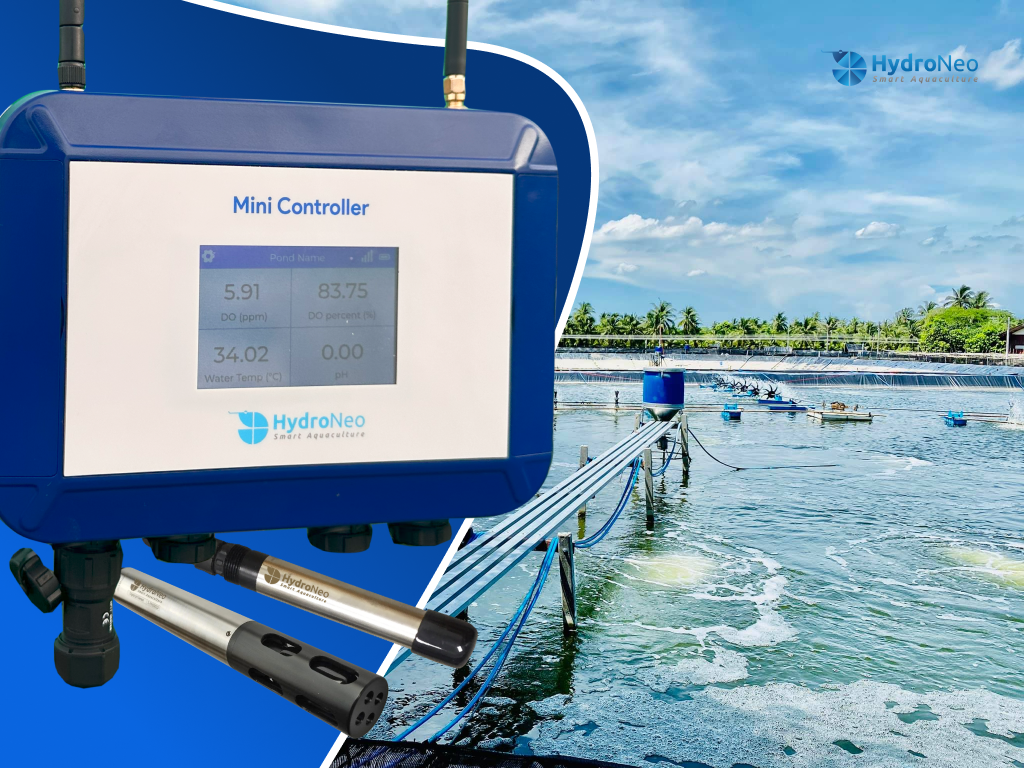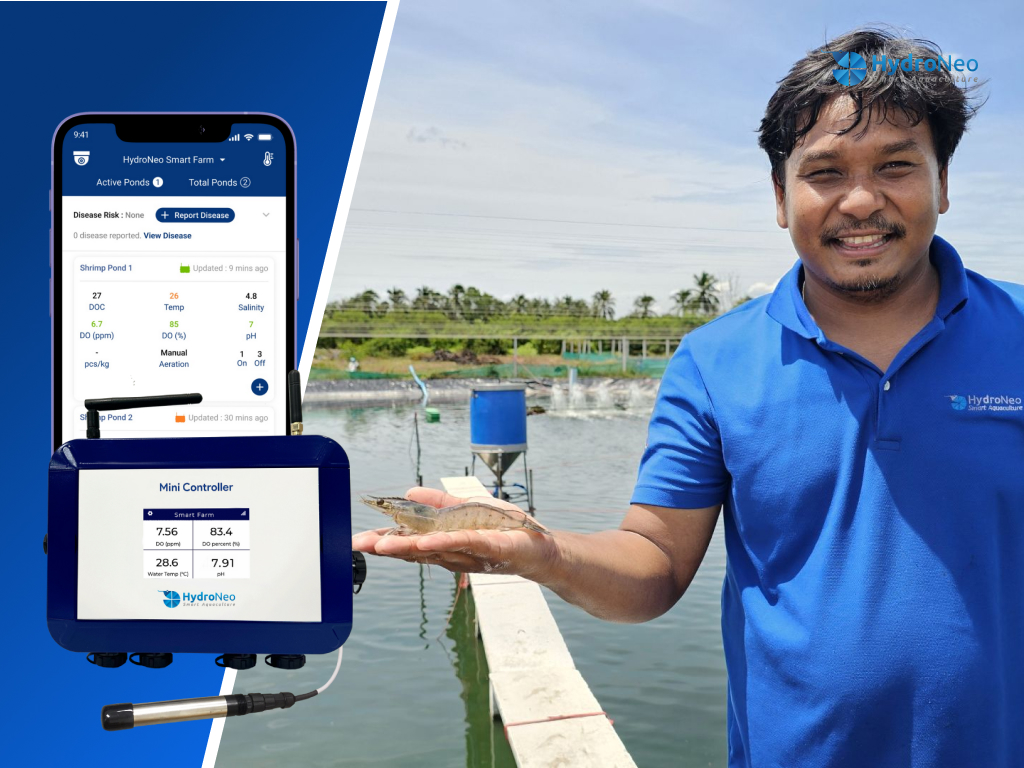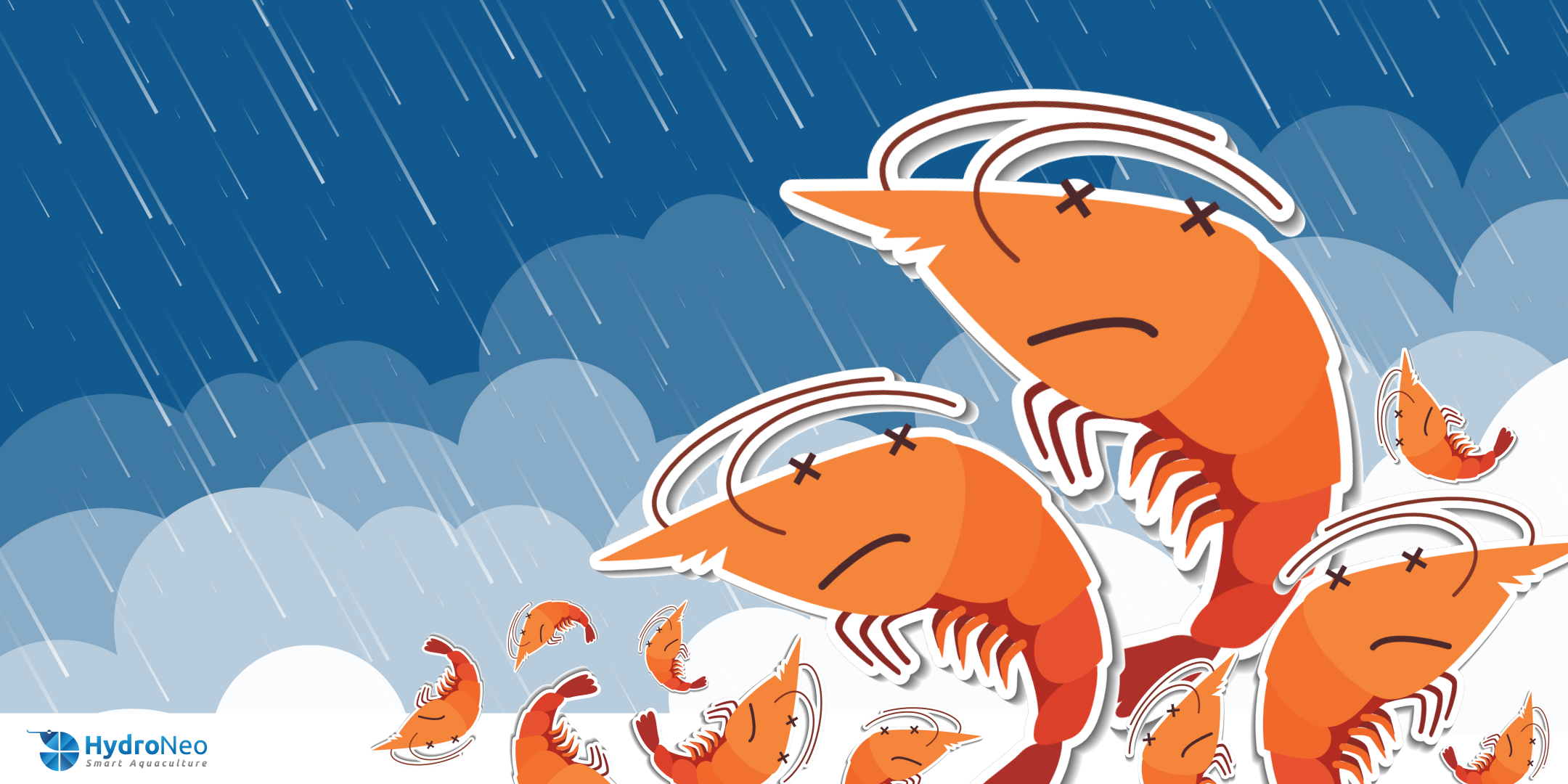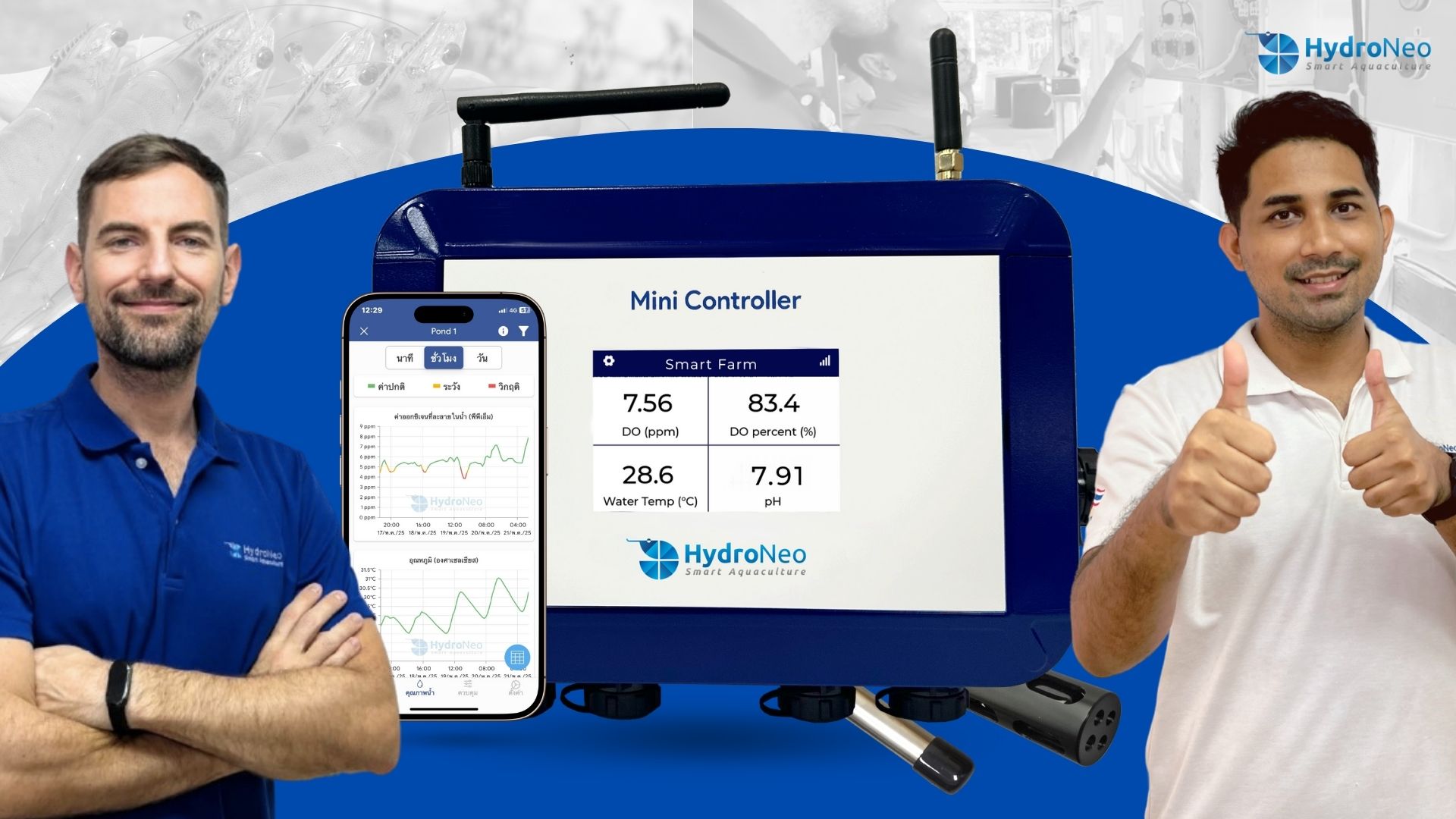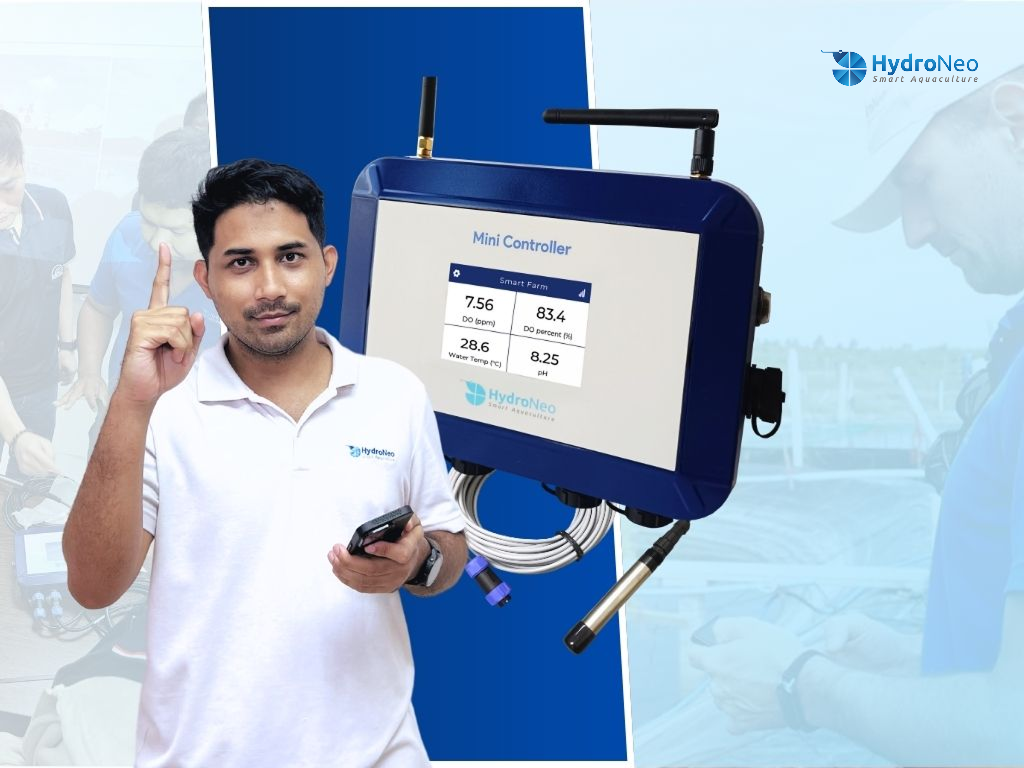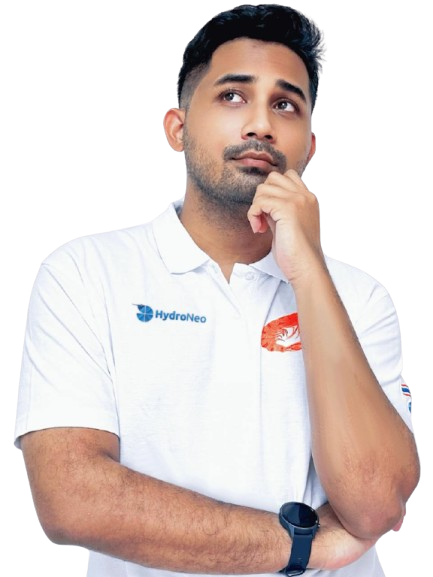The Critical Role of Dissolved Oxygen in Shrimp Farming and Aquaculture Water Quality Management
In 2018, a large tilapia farm in Ghana experienced a devastating mass die-off, ultimately forcing it to shut down. Investigations traced the root cause to dangerously low dissolved oxygen (DO) levels in the water, likely triggered by bacterial overgrowth. This incident highlights just how essential DO monitoring is to aquatic health and farm survival.
In shrimp farming, maintaining optimal water quality is even more critical. Shrimp are highly sensitive to environmental changes and oxygen fluctuations. Unlike air, which contains approximately 21% oxygen, water holds significantly less. In fact, dissolved oxygen levels in shrimp ponds can be 25 times lower than atmospheric levels, making it harder for aquatic species to breathe and thrive.
Factors like water temperature, salinity, and atmospheric pressure directly impact oxygen solubility. Warmer, saltier water holds less oxygen, increasing the risk of stress, disease, or mass mortality among shrimp. That’s why proactive water quality management—especially real-time DO monitoring—is no longer optional; it’s a core requirement for sustainable, high-yield aquaculture.
Why should we pay attention to maintaining the optimum dissolved oxygen in shrimp farming?
- To ensure the feeding and digestion of the shrimp. Proper oxygen levels aid in digestion and nutrient absorption, helping them grow healthily.
- Your shrimp will be disease-resistant. Adequate oxygen levels boost their immune systems, making them resilient against diseases.
- To improve the survival rates. Higher dissolved oxygen levels, especially in high-density shrimp farming, will enhance survival rates.
- Make your shrimp more toxin-tolerant. Shrimp can cope better with toxins like ammonia, nitrite, and hydrogen sulfide if they’re healthy and always have the optimum dissolved oxygen in the pond.
- To increase its adaptability to environmental change, shrimp are prone to stress easily when their environment changes. Optimum oxygen levels will help them adapt quickly to changing environmental conditions.
- It supports the growth of beneficial bacteria, such as Bacillus spp. and Nitrifying Bacteria. These bacteria help maintain good nutrition and remove toxins that accumulate in the shrimp pond.
Why should shrimp farmers adopt the water quality checking technology into their shrimp farming?
Shrimp farming is a high-risk, high-reward business—and dissolved oxygen (DO) monitoring is one of the most critical factors for success. Leaving shrimp in low-oxygen conditions can quickly lead to mass mortality. In just one night, a farmer could lose the entire crop, resulting in zero returns for the cycle.
This risk is even higher in intensive shrimp farming, where large shrimp populations consume more oxygen. As stocking density increases, the demand for oxygen surges—especially during the nighttime, when natural oxygen levels tend to drop sharply due to reduced photosynthesis and increased biological oxygen demand.
That’s where smart water quality monitoring technology comes in.
The Limitations of Manual Monitoring
Many farmers still rely on traditional water quality checks, using handheld devices or manual observation. While these methods may offer some insight, they often fall short due to:
-
Inaccuracy of manual devices
-
Inconsistent sampling times
-
Dependence on human availability (e.g., waking at 3 AM to check DO levels)
Even the most diligent workers are human—and fatigue, forgetfulness, or simple errors can lead to critical oversights.
Real-Time Monitoring for Real Results
By adopting IoT-based water quality monitoring systems, farmers gain:
-
24/7 real-time tracking of DO, temperature, pH, and more
-
Automated alerts when DO levels fall below optimal thresholds
-
Data-driven decision-making, helping improve feeding schedules and aeration strategies
-
Peace of mind, knowing the system never sleeps
In modern aquaculture, precision and automation are no longer luxuries—they’re necessities.
Dissolved Oxygen Sensors to the Rescue in Shrimp Farming
Leveraging IoT (Internet of Things) technology with dissolved oxygen sensors allows us to measure oxygen levels in the pond with real-time accuracy. It’s more efficient and convenient.
There are two popular types of dissolved oxygen sensors. Here’s a summary of it:
- Galvanic Sensors: They’re affordable but require a constant water current and frequent calibration with buffer solutions, which can cause membrane fouling over time when used in water.
- Optical Sensors: They are the cutting-edge technology at this moment. It can measure the dissolved oxygen in the water without accounting for currents and without the hassle of using a buffer solution.
The way it works is that it employs light to gauge dissolved oxygen levels.
Calibration is even easier, and you can measure oxygen levels even when the sensor is out of the water. These optical dissolved oxygen sensors enable prompt oxygen management, minimizing losses due to low oxygen levels, which is a common issue in shrimp farming. They provide accuracy, stability, and easy maintenance, making for better water quality management
Integrating a Smarter Farming system from HydroNeo with high-quality Dissolved Oxygen Sensors brings you a real-time water quality checker 24/7 through a user-friendly app. Interested in knowing more? CONTACT US!

